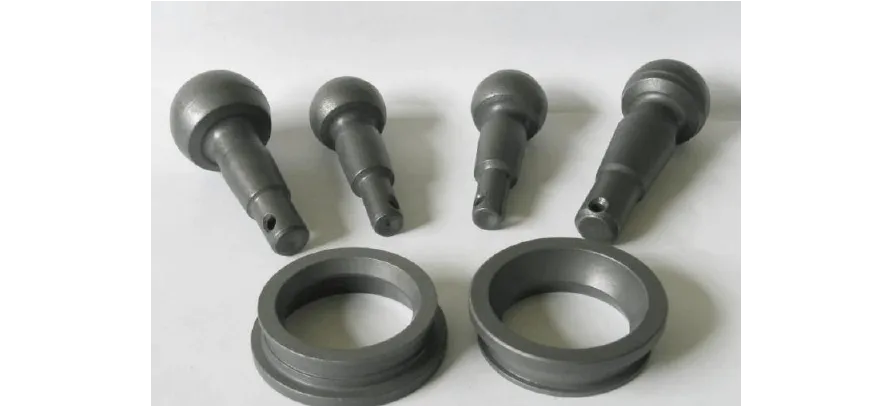Understanding Metal Phosphating: Process, Methods, and Applications
Введение
Explore the intricate chemical process of metal phosphating, its purpose in enhancing corrosion resistance, and its diverse applications across various industries.
What is Metal Phosphating?
Phosphating involves chemical and electrochemical reactions to form a phosphate chemical conversion membrane on metal surfaces. This protective layer, known as the phosphating film, shields metal substrates from corrosion and improves adhesion when used as a primer for paint or other coatings.
Purpose of Metal phosphorization
The primary aim of metal phosphorization is to enhance corrosion and wear resistance. By immersing metals in a solution containing phosphate and nitride, a corrosion-resistant layer forms. This process is applicable to various metals such as iron, steel, and aluminum, with the thickness of the layer controlled by specific parameters.
Methods of Metal Phosphating
Pickling
- Acid phosphate is used for creating thicker protective layers, ideal for heavy-duty applications.
Alkaline Washing
- Alkaline phosphate results in thinner layers, suitable for lighter applications.
Innovative Techniques
- Chromium-free phosphating and ion coating methods offer environmental benefits by reducing harmful chemical usage.
Pre-treatment steps, including oil and rust removal, are crucial for ensuring optimal results. Maintaining strict control over parameters like temperature and pH during the process ensures the quality of the phosphorization film.
Applications of Metal phosphorization
Metal phosphating finds extensive use in industries such as:
Automotive Manufacturing
- Enhancing the durability and corrosion resistance of car components.
Electronics
- Providing a smooth, corrosion-resistant surface for electronic parts.
Military
- Protecting military equipment from harsh environmental conditions.
Building and Construction
- Increasing the lifespan of structural metal components.
Mechanical Manufacturing
- Ensuring mechanical parts are resistant to wear and corrosion.
Advantages and Drawbacks of Metal Phosphating
Advantages:
- Improved corrosion resistance.
- Simple and efficient process.
- Compatibility with other treatments such as painting, coating, and electroplating.
- Can be performed at room temperature, saving energy costs.
Drawbacks:
- Potential environmental impact due to chemical use.
- The roughened surface may require additional processing for smoothness.
- Low color and gloss finish.
- Requires strict control of liquid parameters to maintain quality.
Заключение
Metal phosphorization is a versatile and effective process for enhancing the durability and corrosion resistance of various metal substrates. By understanding its methods, applications, and benefits, industries can leverage this process to achieve superior results in metal treatment.
ЧАСТО ЗАДАВАЕМЫЕ ВОПРОСЫ
What metals can be treated with phosphorization?
- Phosphating can be applied to iron, steel, aluminum, and other metals to enhance their corrosion resistance.
Are there environmentally friendly phosphorization methods?
- Yes, innovative techniques like chromium-free phosphating and ion coating are designed to be more environmentally friendly.
Why is pre-treatment important in phosphorization?
- Pre-treatment, such as oil and rust removal, ensures that the metal surface is clean and ready for the phosphating process, leading to better adhesion and effectiveness of the phosphate layer.
Can phosphating be combined with other treatments?
- Absolutely, phosphating is often used as a primer for painting, coating, or electroplating to enhance the overall durability and appearance of the metal.

